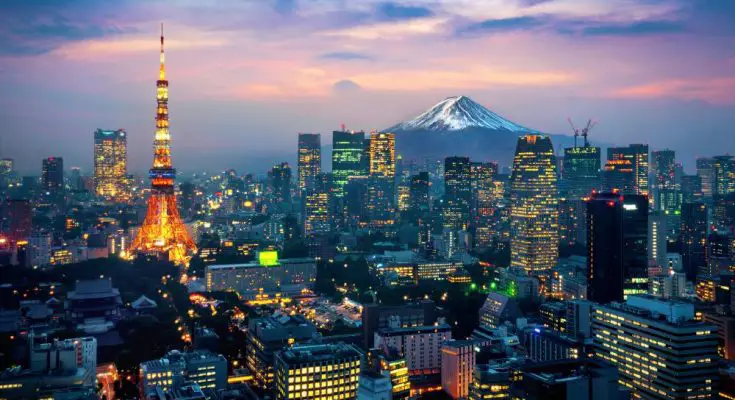Since its discovery, fire has provided humanity with countless benefits and necessities. However, fire has also proven to be quite a dangerous adversary. We’ve all heard about the great fires of New York, London, and Chicago. However, there are plenty of other famous fires in history you probably didn’t know about. Read on to learn more about these highly impactful but less-known tragedies.
The Deadliest Forest Fire: Peshtigo Fire
In recorded history, no forest fire claimed more lives than the Peshtigo forest fire on October 8, 1871. This fire occurred in the northeast parts of Wisconsin, including sections of the Doors Peninsula and Upper Peninsula of Michigan. Experts estimate that the Peshtigo fire burned over one million acres of land and claimed the lives of 1,500 to 2,500 people. The community that this fire most impacted was the small town of Peshtigo. There were also several other significant fires that day, all occurring along the great lakes and most likely due to slash-and-burn agriculture and extreme drought-like conditions.
The Largest City Fire: Tokyo Fire
City fires, by nature, typically cause more fatalities than wildfires. And of all the great city fires throughout history, none compare to that of the Bombing of Tokyo in 1945. During the night of March 9 and into the early morning of March 10, the US Army Air Force firebombed Japan’s capital so relentlessly that the damages halted the country’s economic output by half. The targeting of civilian infrastructures also caused a death toll of well over 100,000, potentially displacing over a million Tokyo residents. The atomic bombing of Nagaski was technically less destructive (in terms of lives lost) than the Bombing of Tokyo. Some historians believe that this firebombing is a war crime due to the targeting of civilians.
The Titanic of Fires: Iroquois Theatre Fire
Remember how every expert claimed the Titanic was “unsinkable?” Well, experts also claimed that the Iroquois Theatre in Chicago was completely fireproof and one of the safest buildings in the entire city. Unfortunately, a massive fire broke out in it on December 30, 1903, resulting in the deadliest single-building fire in American history! Fire standards and codes were lacking back in those days, and fire chiefs had little authority over fire inspections. As such, the aftermath of the Iroquois Theatre fire was a catalyst in reforming fire practices and prevention in the United States. Eventually, it led to the NFPA fire standards and codes we have today!
It’s important to remember the famous fires in history, how they happened, what made them so destructive, and what we can do today to avoid such disasters completely. All three of these fires played a role in changing how the public and government view and fund public safety.


